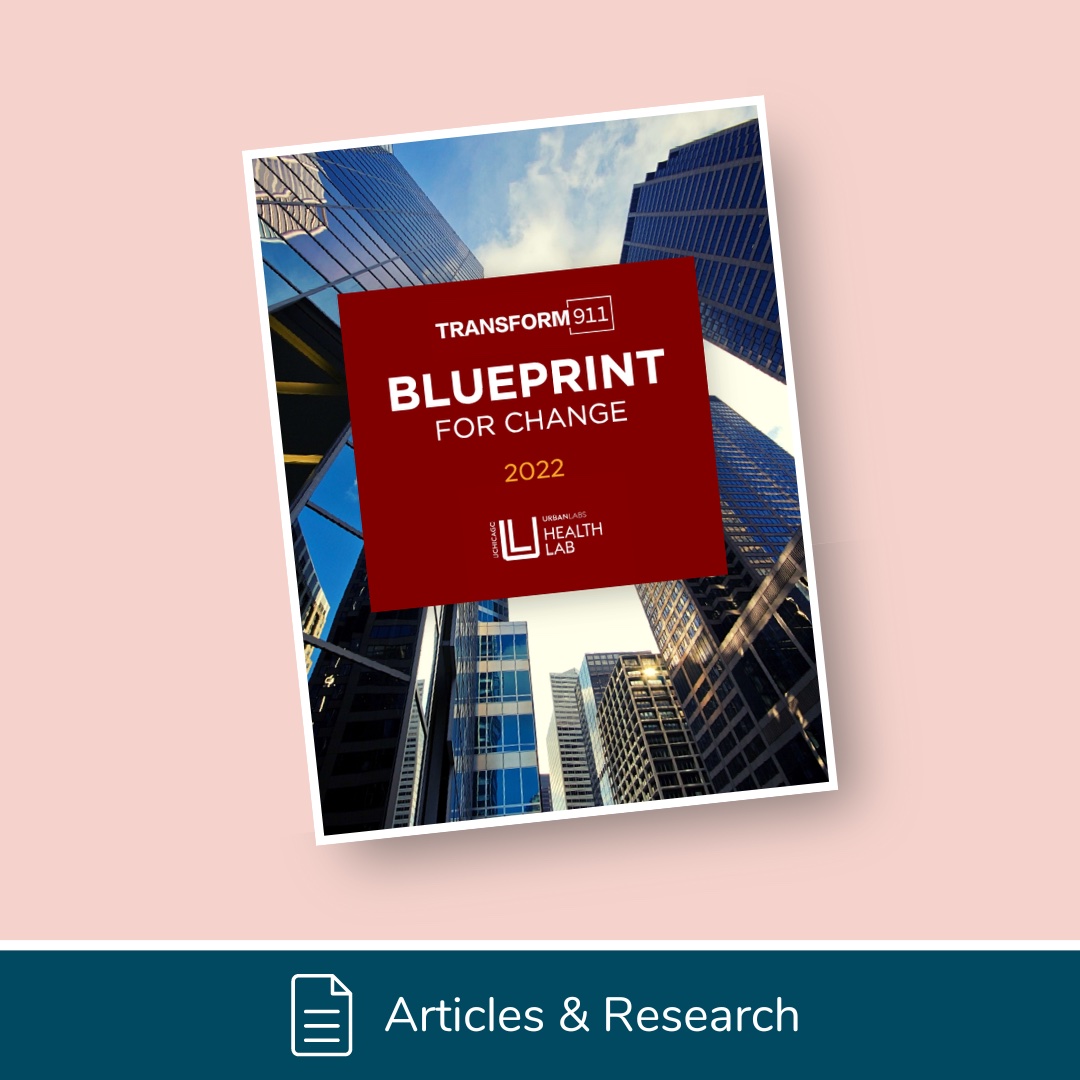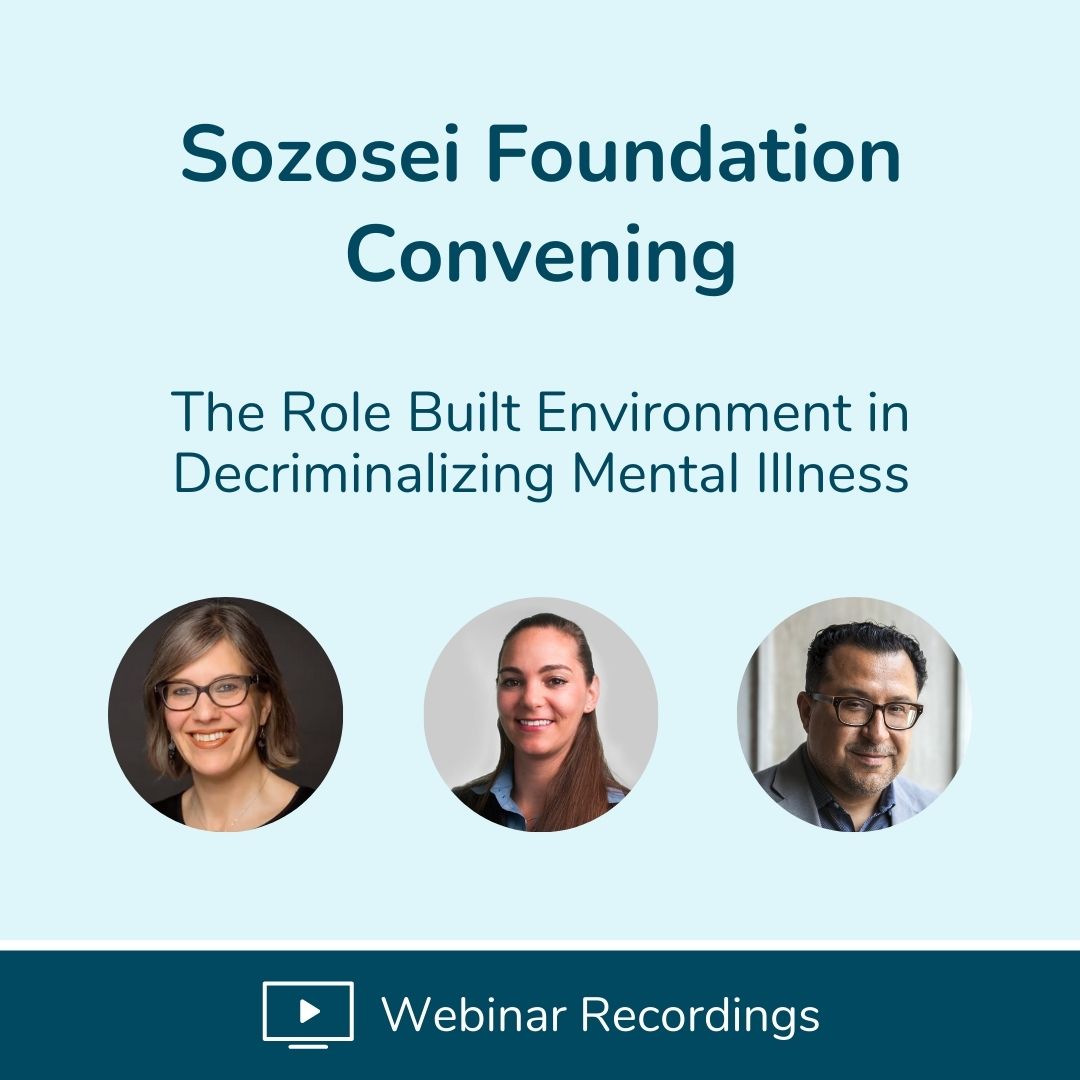What does this look like in practice?
 Led by our partners at the University of Chicago Health Lab, Transform911 is a national project to build a more robust and relevant public safety ecosystem that centers wellbeing for all.
Led by our partners at the University of Chicago Health Lab, Transform911 is a national project to build a more robust and relevant public safety ecosystem that centers wellbeing for all.
The Blueprint for Change outlines a seven-point plan for transforming the emergency response system into a system that equitably and reliably increases access to wellbeing for all who interact with 911.
Recognizing that change cannot happen without shifts in all the systems and communities that 911 serves, Transform911 exemplifies Wellbeing Design Principle 5. Seeking out uncommon partners and solutions, Transform911 convened a diverse set of experts in healthcare, academia, emergency response and public safety, community advocacy and more to develop the recommendations outlined in the Blueprint for Change. For example, by creating a rare space for 911 professionals, technological systems and impacted communities to discuss challenges and the change needed to address them, Transform911 uncovered solutions such as advancing the workforce of 911 professionals, strengthening data and tech standards, and making 911 independent and equal in order to improve equitable outcomes. Transform911’s Blueprint for Change illustrates how addressing inequity in one system requires addressing inequity in other systems – and how the ripple effects of transformation bring us closer to a country where everyone has a fair shot at wellbeing.

 Led by our partners at the University of Chicago Health Lab, Transform911 is a national project to build a more robust and relevant public safety ecosystem that centers wellbeing for all.
Led by our partners at the University of Chicago Health Lab, Transform911 is a national project to build a more robust and relevant public safety ecosystem that centers wellbeing for all.

